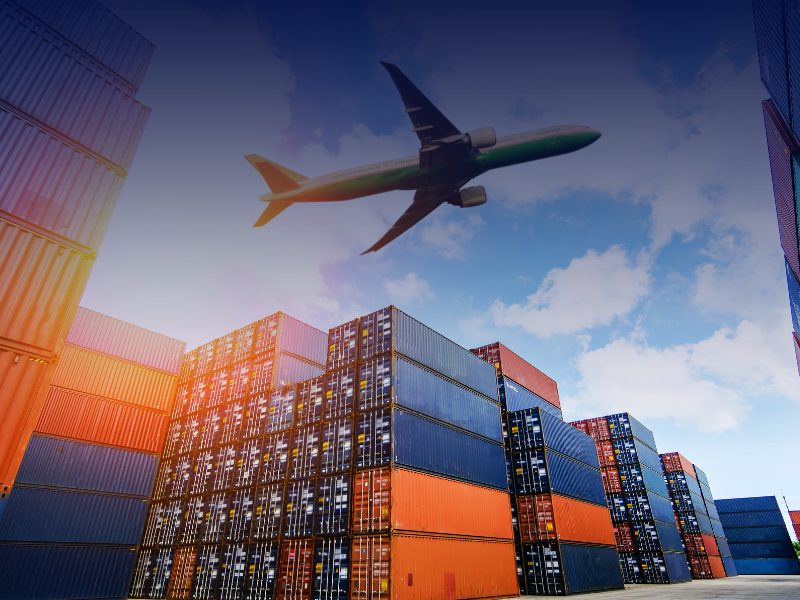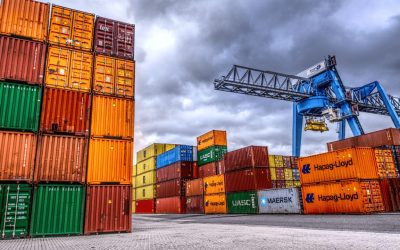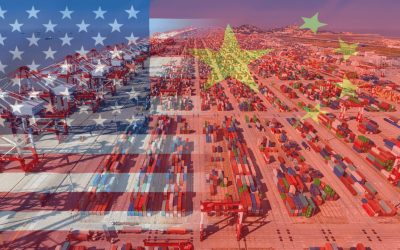By Estefanía Sisatzky, EVP of Operations & Customer Experience at Aerodoc.
The US government’s latest round of tariffs has triggered a fast and far-reaching ripple across the global trade environment. However, in a recent update, Trump authorized a 90-day pause on tariffs and introduced a temporarily reduced 10% reciprocal tariff during this period, applicable to all countries except China, which will now face an increased 125% rate.
Businesses across industries were left with a single pressing reality: the rules of global commerce have changed—again.
The New Trade Reality
This new tariff structure is more than just a policy shift. It marks a strategic pivot in how international trade is conducted. Tariffs have long been part of global commerce, but what defines this moment is the abruptness and scale of the change.
Countries like China and entities like the European Union have responded quickly. China imposed an 84% retaliatory tariff on all U.S. imports, signaling a hardline stance that leaves little room for ambiguity. The European Union, for its part, initially proposed a “zero-for-zero” tariff deal covering all industrial goods, but that approach has now shifted. Today, EU member states approved the European Commission’s proposal to impose 25% tariffs on a range of US products. The new measures will take effect on April 15.
However, for companies engaged in cross-border commerce, the focus isn’t on diplomacy. It’s on business continuity. The cost of inaction is high. Failing to realign logistics, pricing models, or sourcing strategies could translate into missed opportunities or operational disruption.
Strategies That Go Beyond the Headlines
Managing this new reality requires more than reactive adjustments. It calls for a proactive approach grounded in innovative logistics and structural flexibility. Companies are already shifting toward models that anticipate volatility instead of simply reacting.
One such strategy is the Buy-Sell model, which involves transferring ownership of goods before they enter high-tariff jurisdictions. Through third-party partners, businesses can legally shift import responsibilities and reduce their exposure to increased duties. This model maintains compliance and opens the door to operational efficiency.
Another growing asset is the use of bonded warehouses. These facilities allow businesses to store goods without paying duties until the final destination is confirmed. The flexibility to reroute shipments or delay tax liabilities gives companies more control over costs and timelines. In uncertain environments, that control is a competitive advantage.
Free Trade Zones: Strategic Hubs for Global Distribution
Free trade zones have become a key asset as businesses look for innovative ways to operate under tighter trade constraints. Companies can manufacture, assemble, or distribute goods within these zones without immediate import taxes. This is especially beneficial for those targeting multiple international markets, as it allows for consolidated operations and reduced overhead.

These zones function as logistics hubs, offering businesses financial relief and supply chain agility. Products can be brought in, processed, and shipped out—all while deferring duties or avoiding them altogether when items are re-exported.
Adaptation Over Panic
One of the most significant risks in moments like these is overreacting. Headlines may suggest a trade war, but borders remain open, and commerce is still moving. The key is not to freeze plans or halt operations, but to recalibrate with precision. This is a time to revisit contracts, optimize trade routes, reassess supplier relationships, and lean into infrastructure that supports flexibility.
Companies that succeed under these new conditions will act decisively and partner with firms with deep logistics expertise. Trade is no longer just about shipping products—it’s about designing systems that can absorb shocks and still deliver value.
Looking Ahead: Resilience Through Strategic Planning
What’s at stake in this new trade chapter isn’t just margins or duties—it’s the ability to operate reliably in key markets. Once taken for granted, predictability is now a resource that must be engineered through smarter strategy and well-structured supply chains.
The companies that emerge stronger will not necessarily be the biggest. They will be the ones with the most precise understanding of where they operate, how they move goods, and which mechanisms can protect their business from external shocks.
This new era in global trade isn’t defined by tariffs alone, but by how effectively companies adapt, absorb pressure, and continue to grow.
Looking to reassess your logistics strategy in light of these changes? Let’s talk.
Estefanía Sisatzky
EVP of Operations & Customer Experience at Aerodoc | Global Logistics Experts in DDP with IOR




